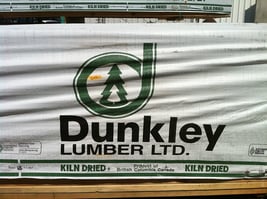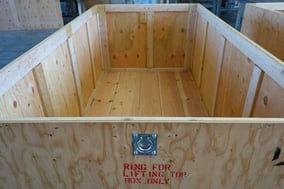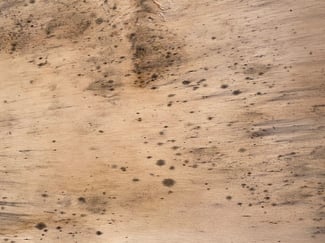As summer approaches, so does the perennial concern of mold on wood crating. Let's delve into the intricacies of identifying, preventing, and managing this age-old issue.
Understanding the Enemy: Is It Mold?
The appearance of mold on wood often sparks alarm, but not all discolorations are created equal. Learn to differentiate between mold and other natural blemishes like iron stains or enzymatic discolorations.
Prevention Tactics: A Wood Crating Professional's Arsenal

Combatting mold begins with understanding its favorite conditions: moisture, oxygen, and a food source, namely the wood itself. Explore effective prevention methods, from chemical treatments to the strategic use of kiln-dried lumber. Anyone with a lumber kiln and the proper measuring equipment can heat-treat lumber. The process ensures that all materials are treated thoroughly and not just the surface. The thermal modification of wood significantly improves its resistance to mold and fungal decay. Learn more ISPM heat-treated wood!
Empowering Customers: Tips for Mold Prevention On-Site

Once wood crating leaves our facilities, vigilance becomes paramount. Arm yourself with practical tips for maintaining a mold-free environment, including proper ventilation, dry storage conditions, and strategic placement to mitigate heat exposure.
Effective communication and proactive measures are key to mitigating mold issues and ensuring customer satisfaction.
Conclusion: Navigating Mold Challenges with Expertise
 Addressing mold on wood crating demands a multifaceted approach, from supplier diligence to on-site vigilance. By understanding the nuances of mold prevention and implementing proactive strategies, we empower our customers to navigate this age-old challenge with confidence. Stay informed, stay proactive, and safeguard your shipments against the threat of mold.
Addressing mold on wood crating demands a multifaceted approach, from supplier diligence to on-site vigilance. By understanding the nuances of mold prevention and implementing proactive strategies, we empower our customers to navigate this age-old challenge with confidence. Stay informed, stay proactive, and safeguard your shipments against the threat of mold.
About Valley Box Company
Since 1965 Valley Box has specialized in manufacturing industrial-grade custom wood cratingfor unique, oversized, and delicate items. Visit our website www.ValleyBox.com




